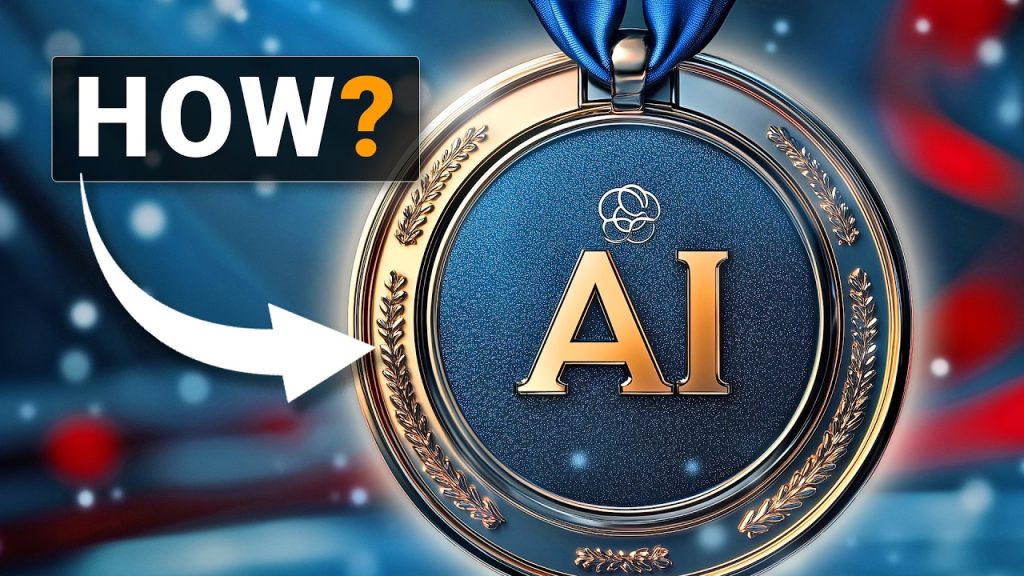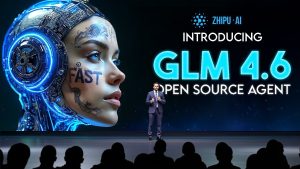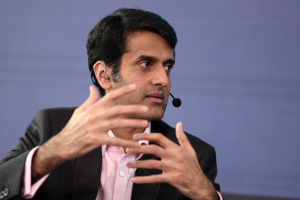AIs Strides in Solving Mathematical Olympiad Problems

Artificial Intelligence has been showcasing its prowess in various fields, from acing the bar exam to landing jobs at top tech companies. However, a significant challenge remains in the realm of mathematical olympiads.
Recent advancements, particularly by Google DeepMind, have introduced new techniques that promise to bridge the gap between human and AI problem-solving abilities.
AI and Mathematical Olympiad Challenges
AI systems like ChatGPT have demonstrated remarkable capabilities in many areas but struggled with complex mathematical olympiad problems. Despite their prowess in various tasks, these AIs couldn’t solve any of the 30 challenging problems presented to them. This raises questions about the limitations of current AI techniques.
The core issue lies in the nature of these problems, which require more than just calculations. They demand complex reasoning and logical deductions over multiple steps, something beyond the reach of a glorified calculator.
Google DeepMind’s Breakthrough Techniques
Google DeepMind introduced two new techniques, AlphaProof and AlphaGeometry 2, aimed at tackling these challenges. These techniques showed promising results in solving difficult mathematical problems that previously stumped other AI systems.
During the competition, the AI received help through a formalized mathematical language, significantly improving its performance. It managed to solve most problems in minutes, while more challenging ones took up to three days. This level of performance was unprecedented and marked a significant leap forward.
AI Outperforming Top Mathematicians
In this remarkable feat, the AI managed to solve the hardest problem, a task only five of the best human contestants could achieve. This is noteworthy, considering these humans are among the top mathematicians globally, many of whom receive prestigious awards like the Fields Medal.
The AI’s final score was equivalent to a silver medal, just one point shy of gold. This achievement is significant, given that the starting point for AI in this domain was zero. It demonstrates the rapid advancements and potential of AI technologies.
AlphaGeometry 2: A Game Changer
AlphaGeometry 2 showcased its ability to solve extremely challenging problems in mere seconds. Its performance was impressively fast, outpacing even the quickest human calculations.
When tested on all historical geometry problems at the olympiad, the first version of AlphaGeometry solved 53% of the problems. However, its second version dramatically improved, solving 83% of the problems.
Learning and Adapting
AlphaGeometry operates by analyzing millions of problems and learning the methods to solve them. When presented with a new problem, it generates several potential solutions and evaluates their feasibility.
This approach allows the AI to develop innovative solutions, often arriving at conclusions that are not immediately obvious to human mathematicians.
Future Prospects and Developments
The advancements in AI problem-solving capabilities are astonishing, and further improvements are on the horizon. Researchers are already working on versions of these AIs that do not require formalized mathematical language assistance.
The potential for AI in mathematics and other fields is immense, as these technologies continue to evolve and improve. The future holds exciting possibilities for AI-driven solutions.
A New Era of AI Capabilities
Google DeepMind’s innovations mark a new era in AI capabilities. The ability of AI to handle complex mathematical problems presents a promising future for both AI development and its applications in various domains.
The progress made by AI in solving mathematical olympiad problems is a testament to the rapid advancements in this field. With techniques like AlphaProof and AlphaGeometry 2, AI is inching closer to human-level problem-solving abilities.
As these technologies continue to evolve, the line between human and AI capabilities will blur, opening up new possibilities and challenges. The future of AI in mathematics looks incredibly promising and exciting.
Source: Youtube





